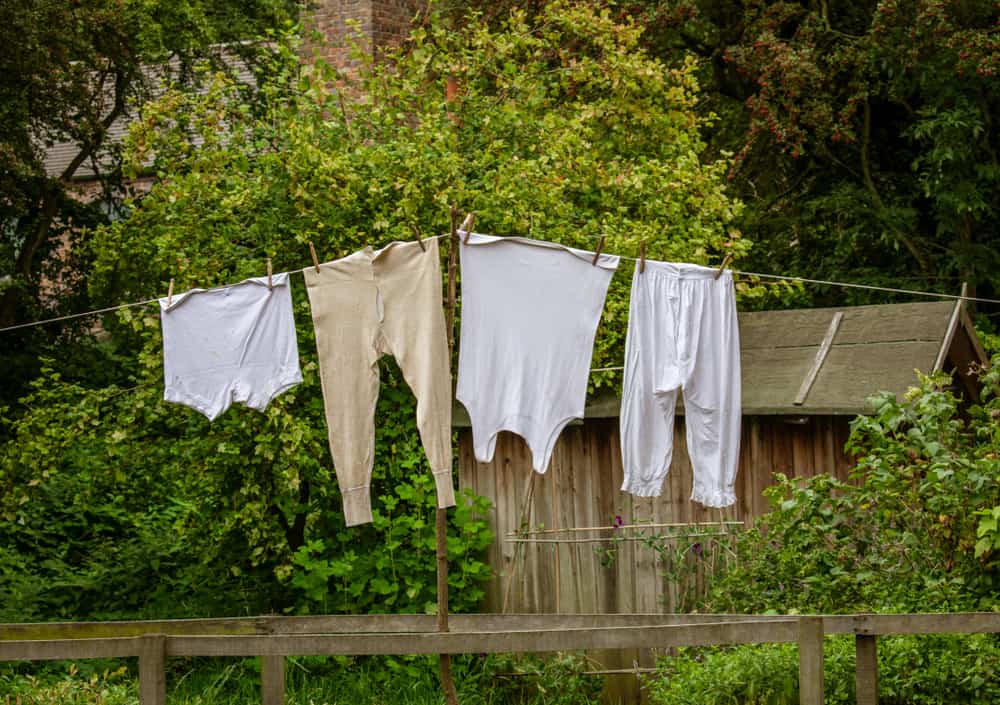Soil testing is often expensive and usually unfathomable – but there is another way to check your soil health says expert Charlotte Tombs.
Soil your pants? Ew! I hear you all cry. Disgusting!
What on earth is she on about now?
Allow me to explain… The latest science emphasis in growing flowers or vegetables is all about your soil’s health (is this something else we have to worry about now?).
On digging a bit deeper (excuse the pun) it does seem to make some sense. If your soil is super healthy and full of all the micro-organisms it needs, then your plants too will thrive and flourish as they take up all those lovely nutrients from that super healthy soil. But we need to understand more.
An unorthodox test lab
The conventional way to test your soil is to spend money on a specialist kit, send away the samples to be tested in a laboratory and then receive the results back – and not really understand what they are, or be any clearer on the findings (is a low Ph level good or bad? I barely knew what that meant at school …).
The unconventional way, and the one I have read up on, is far simpler. You need to ‘plant’ a pair of 100% cotton Y fronts or boxers (best to ask the owners permission before taking them – you don’t want to be burying his lucky pants) in the soil in your garden.
Bury the pants, several pairs if your garden is extensive, roughly 10 to 15cm deep in your flower or vegetable beds, and simply leave them for six weeks. Mark where you planted them (or some time in the future you will have men in white all-in- one suits looking for where the body is buried) and make a note in your diary of when to dig them up. After your six weeks are up, if the pants are still wearable and will protect your modesty then your soil needs attention. If they are ragged and rotting then you’ve lost a pair of pants, but can rest assured that at least your soil is alive and well. You should have good healthy flowers and vegetables. And probably buy some new pants.
Apparently the optimum season to try this experiment is in the summer months when the soil’s biology is more active.
What to do next
If your experiment reveals less than healthy soil, there are a few things that you can do. Firstly stop using pesticides and chemicals; their effects underground might not be obvious at first, but in time they might be having the opposite effect to the one intended and be destroying your garden.
Secondly, minimise digging so as to avoid disturbing the complex structure of the soil – farmers have almost entirely stopped ploughing their fields for this same reason.
Of course, do add peat-free – or better still your own – garden compost and other well rotted organic matter on the top, and just let the worms bring this down into the soil.
I will report back on the result of my test and share the results (but not the pictures!).
by Charlotte Tombs


